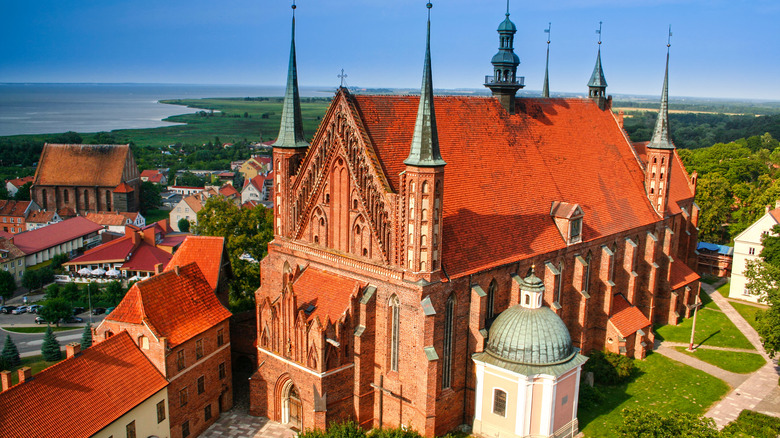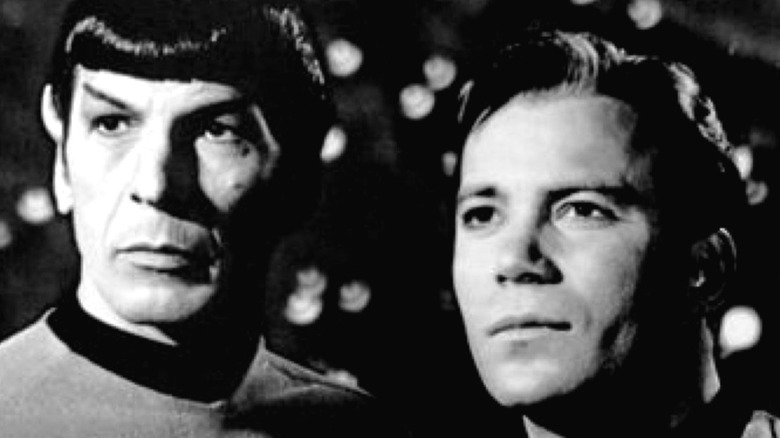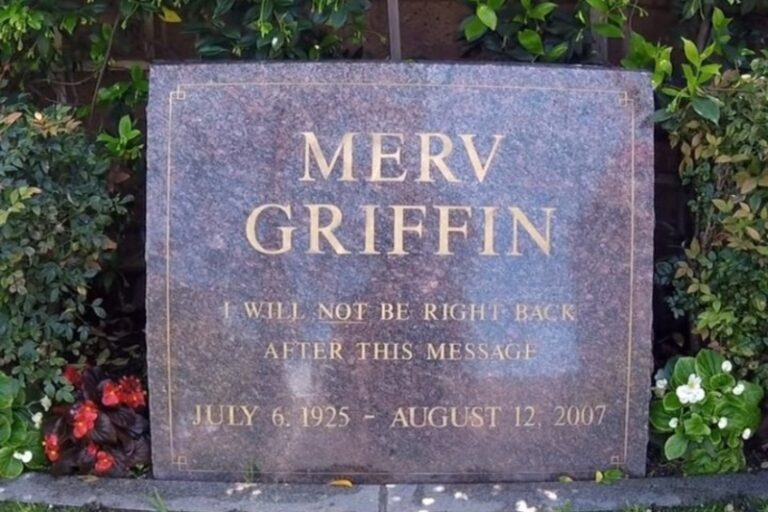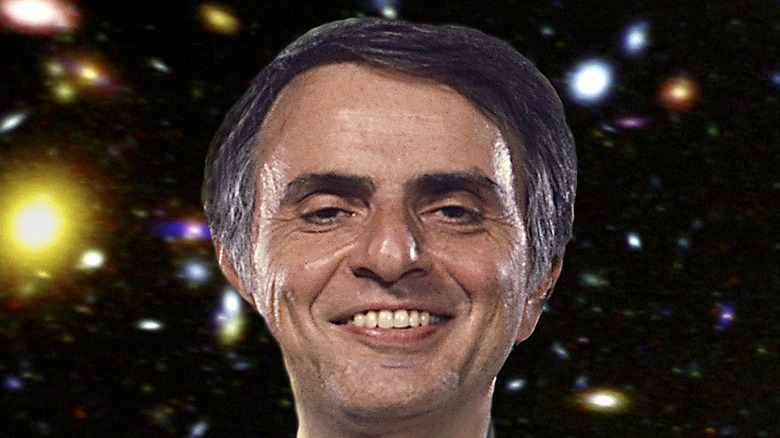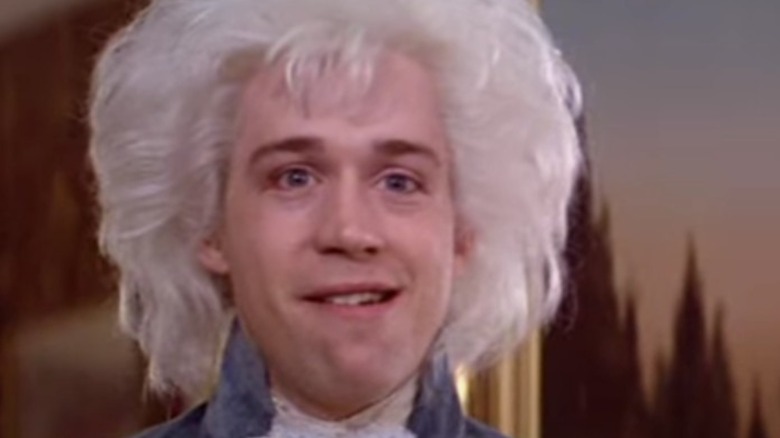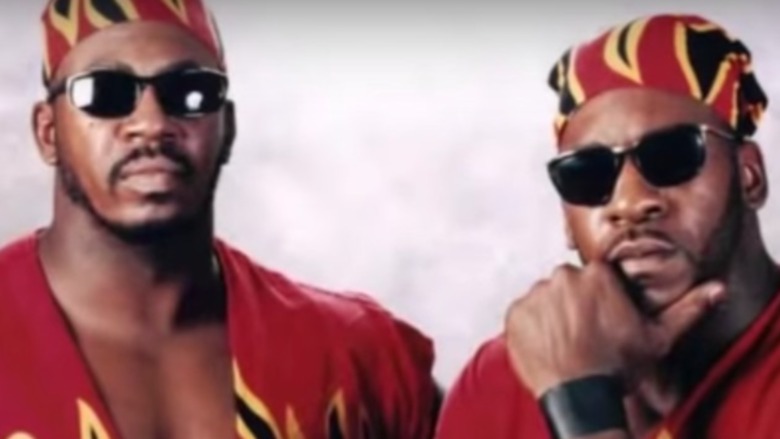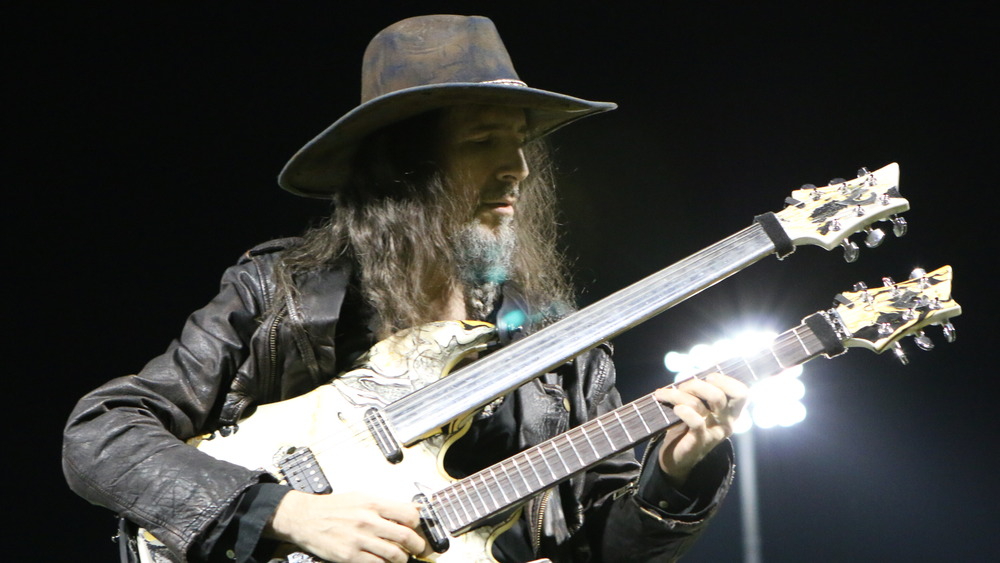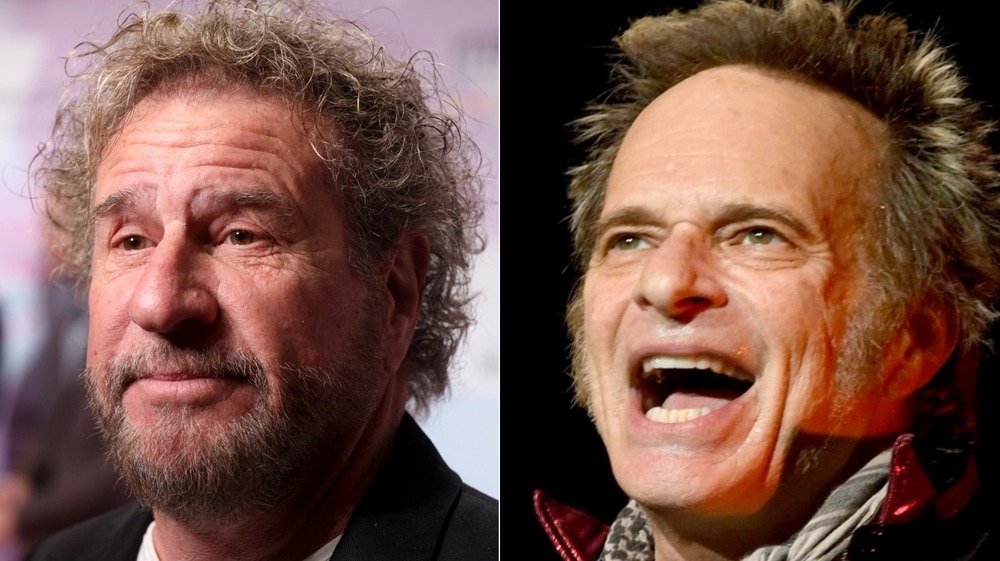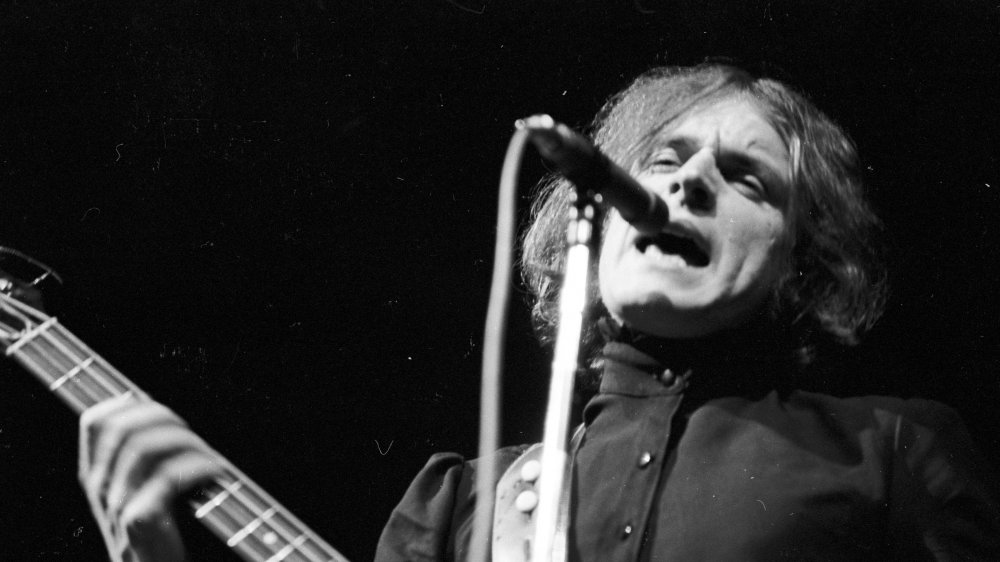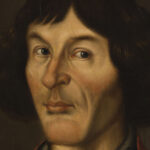
The Truth About The Discovery Of Nicolaus Copernicus’ Remains
Known as the father of modern astronomy, Nicolaus Copernicus established the heliocentric theory of the universe (via History). For centuries, the Ptolemaic theory maintained that Earth is at the center of the solar system (per Biography). Copernicus questioned this as he believed that Earth and other planets revolved around the sun. This was quite the take, as he never intended to study the cosmos; Copernicus was supposed to become a priest. According to Space, although he never reached priesthood, he did become a canon for the Catholic Church.
In between his studies and official duties, Copernicus dedicated himself to astronomy. In 1532, he wrote “On the Revolutions of the Heavenly Spheres.” Here, Copernicus lays it all out and writes that the planets indeed orbit the sun and not Earth. However, this book was not published until over a decade later, two months before his death. Some might say Copernicus got lucky, as he never faced retribution for his beliefs when he was alive. The book was later banned in 1616 by the church, and Copernicus died in 1543 at the age of 70 from a stroke. Per NBC News, he was buried in an unmarked grave in Poland in Frombork Cathedral, where he served as canon for many years.
Copernicus' remains were under the floor of a medieval church
Although it was known that Copernicus was laid to rest at Frombork Cathedral, no one knew exactly where. After a request from a local bishop, an archaeology team got to work (via The Guardian). In 2005, Copernicus’ remains were found under one of the 16 altars of the cathedral. How were they sure it was him? With modern science, of course.
First, the skull was sent to a lab for facial reconstruction. According to NBC News, the skull belonged to a man who was 70 — the same age Copernicus was when he died. In addition, the reconstruction showed a broken nose, and the skull had a cut mark above the left eye; both of these features are present in a self-portrait of Copernicus. What truly confirmed that these were his remains, though, was DNA. Hair was found in a book Copernicus owned, and the DNA matched a tooth and femur bone. There was no question that this was indeed Copernicus.
When one of the archaeologists was asked why the bishop wanted to look for his remains after so many years, he replied that perhaps the church wanted to make amends. Later supporters of Copernicus’ theories faced consequences, including Galileo, who was put under house arrest by the church for trying to prove Copernicus was right all along (per Popular Science).
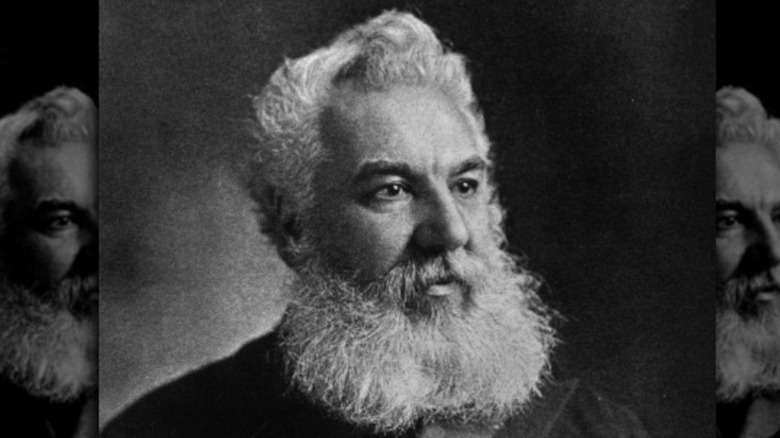
12 Best Alexander Graham Bell Inventions

Here's What The Bible Really Says About Wearing Jewelry
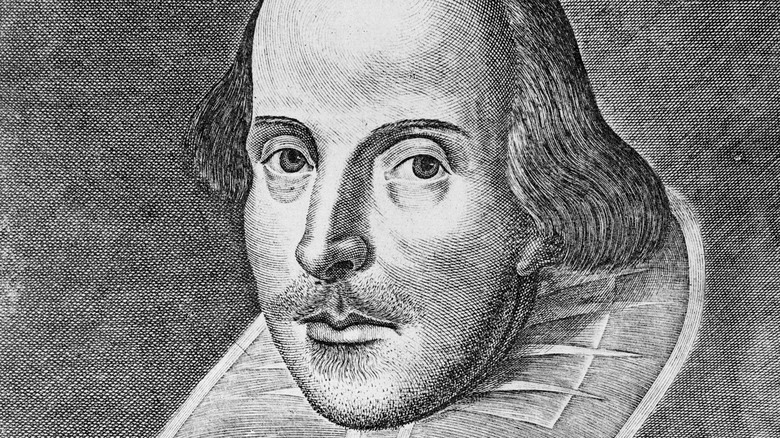
How William Shakespeare May Have Helped Steal A Theater
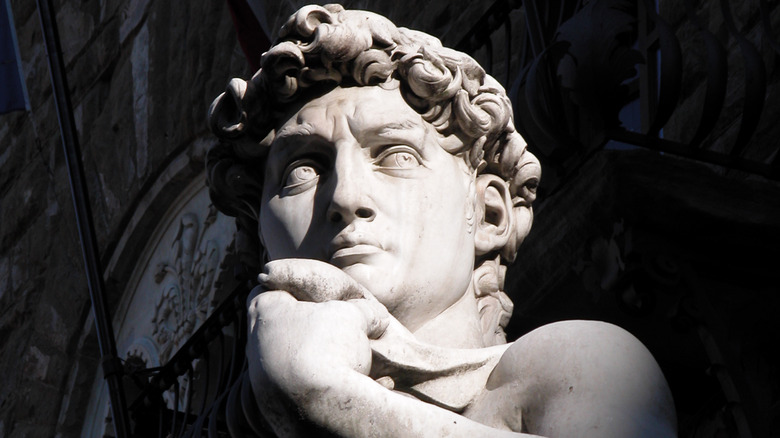
What David Really Looked Like According To The Bible

The Real Reason Ferraris Are Incredibly Expensive

The Stunning Truth About Colombia's River Of Five Colors

North Korea's Extreme Dating Rules Explained
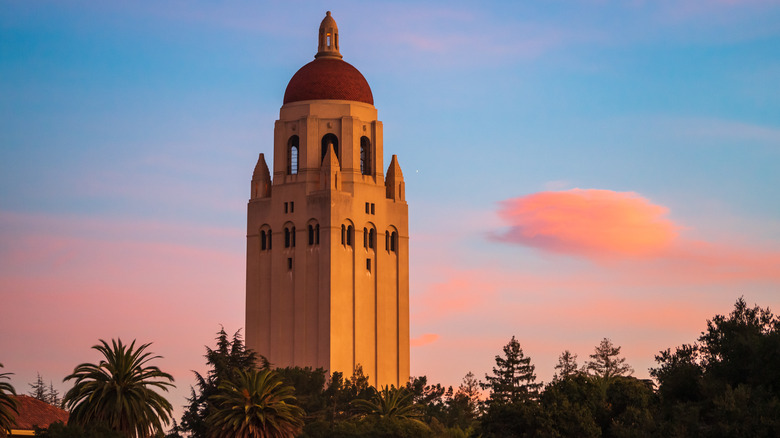
Why People Believe A Seance Led To Stanford University's Creation

The Surprising Amount Of Time It Took For Bryan Adams To Write His Biggest Hit
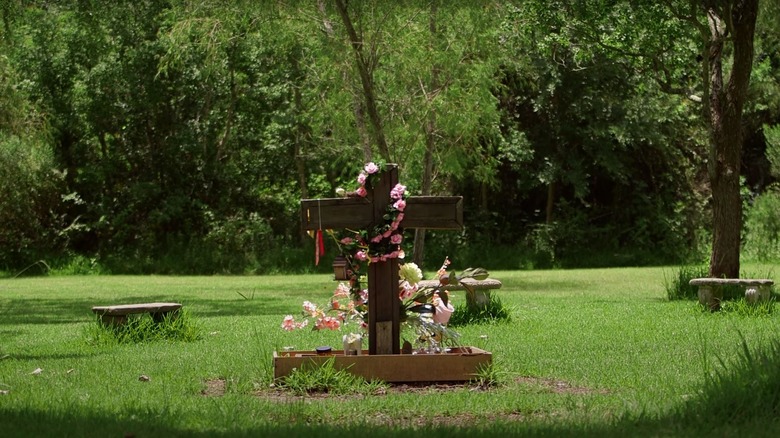
The Texas Killing Fields Explained
